Safe Air Travel with a Firearm and Ammunition
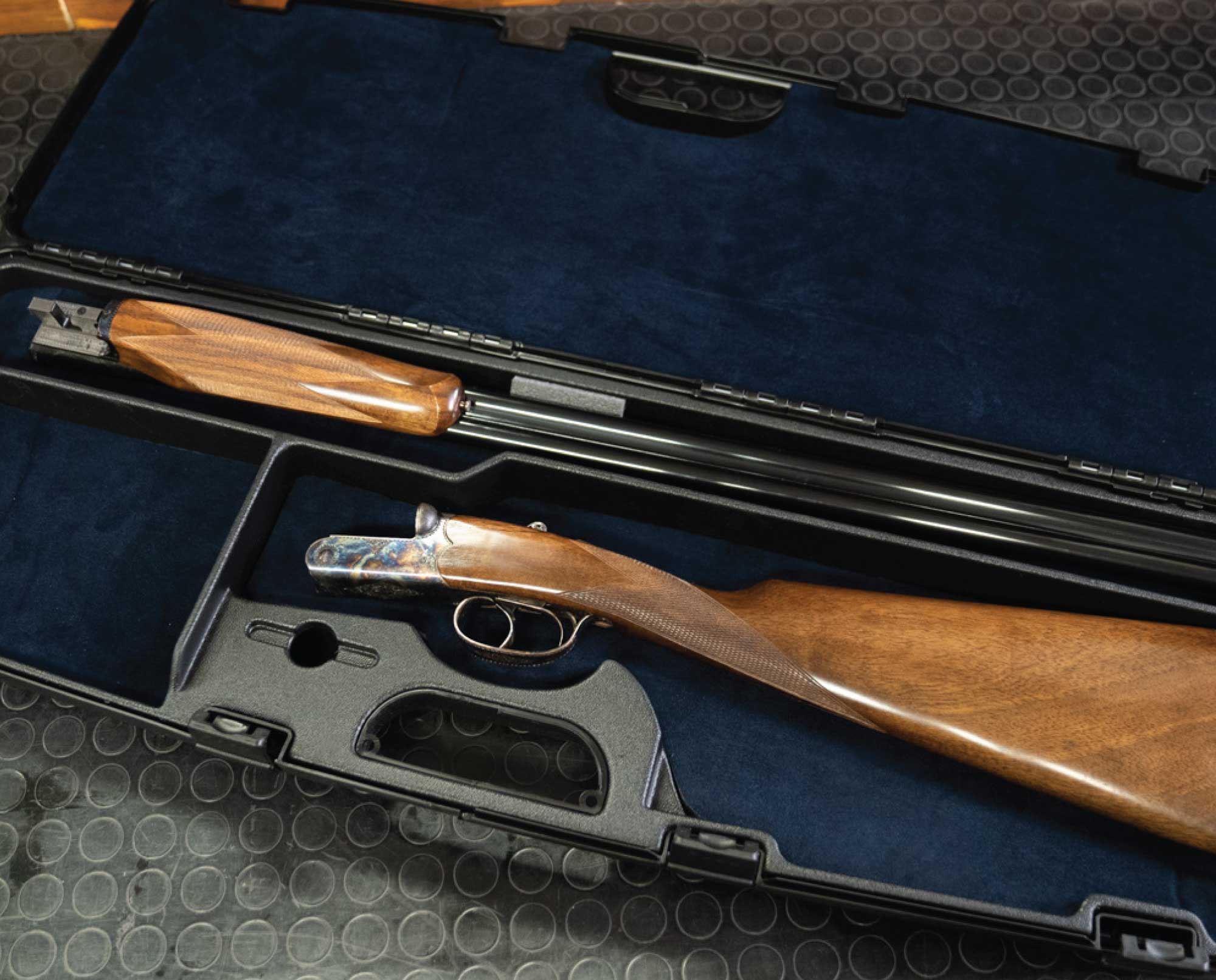
Your complete guide to flying commercially with a gun
With spring in full swing and summer just around the corner, many hunters are planning their fall and winter hunting trips. While most excursions will take place in their home state or surrounding states, some will come to a crossroads: do I fly or drive for that hunting trip several states away?
There are certainly benefits to both, but flying always raises some concerns for our beloved firearms.
Firearms and ammunition rules for major U.S. airlines
Though a relatively simple process, checking a firearm can quickly turn into a nightmare if you’re not prepared before walking up to the counter.
First, as soon as you book your flight, you’ll want to review the policy for each airline as it pertains to firearms and ammunition. Most are similar, if not identical, but it’s important to know the specific guidelines to save a headache. In every instance, you must be at least 18 years old to check shooting equipment at the airline desk, it must be unloaded in a locked hard case, and you must sign a firearm declaration tag. Buying a TSA-approved lock will help expedite the process; some airlines require more locks than others. You also must know the firearm laws for cities you plan to commute through.
“It’s more the run-of-the-mill gun owner that brings a gun to a checkpoint which is our main concern,” Transportation Security Administration Public Affairs spokesperson Lisa Farbstein said. “Hunters or sportsmen flying with their firearms are typically traveling with long guns so they seem to know they need to pack them, unloaded, in a hard-sided case, that the case needs to be locked, and they take it to the airline counter and check it in that way. Or they ship it.
“Some airlines have limits on the number of firearms you can transport, and if they want to transport multiple long guns, then they know to ship it.”
Ammunition must be checked in the original packaging or in a container made of fiber, wood, or metal. The container must be designed specifically to hold ammunition and cannot exceed 11 pounds. Most airlines don’t allow ammunition to be checked that is in magazines or clips, but some have exceptions to this rule. Keep in mind, those traveling with a firearm may need to supply the key or combination upon request from a TSA agent during screening, so it needs to stay in the owner’s possession at all times.
Here are the different rules for each U.S. airline:
| Airline | Specific Rules |
|---|---|
| American | • Firearm cases must have locks on each end. • There is no limit to how many guns you can carry in your case, but extra charges may apply. |
| Delta | • If there is a security checkpoint before the check-in counter, let them know you have an unloaded firearm. • All areas that are designed to be locked on the hard case must have a lock. • You can transport up to four rifles or shotguns. |
| United | • You can pack up to five firearms in any case. There is no limit on the number of cases. • Ammunition can be packed in the same case as the firearm if in the correct container. |
| Southwest | • Multiple firearms are allowed inside one hard case. • Ammunition may be packed in the same container as the firearm in an appropriate container. |
| JetBlue | • Must sign a firearms unloaded declaration tag before checking the container. • Locks must be attached to all designed areas of the firearms case. • A case can contain a maximum of two rifles or shotguns. • Ammunition must be packed in a separate case from the firearm. |
| Spirit | • If you are traveling with multiple firearms, you must sign a tag for each one. • Firearms and properly packaged ammunition can be carried in the same hard case. |
| Alaska | • Multiple locks may be required. • Ammunition may be checked with or separate from the firearm. • May accept ammunition inside a magazine or clip that is enclosed in a secure case within the hard-sided firearm case. • Firearms may be included in normal baggage allowance. There is no limit to the number or type of firearms in each case. Different types of firearms may be allowed in the same case as long as they’re properly packed. |
| Hawaiian | • Gun cases over 70 pounds are not accepted. • Ammunition cannot be in a clip or magazine. |
| Frontier | • Ammunition may be packed in magazines or clips if the exposed portion is covered or sealed or the magazine is in a pouch, holder, holster, or lanyard. • Ammunition can be packed in the same hard case as the firearm, as long as it’s packaged appropriately. |
| Allegiant | • There is no limit on firearms allowed in the hard case. |
Other rules
Due to the nature of hunting, some individuals may want to have bear spray or other equipment such as camping gear, knives, medical gear, and flammable items for their trip.
Nearly all medical equipment is allowed. If you’re taking eye drops or other liquids, it must be less than the 3.4-ounce maximum. Some liquid medical supplies can be taken in higher quantities, but a traveler must declare them at the TSA checkpoint. Diabetic supplies, such as insulin and pumps, must be declared at the checkpoint together and be clearly identified.
Bear spray and bear bangers are prohibited in any luggage. If you plan on cooking, keep in mind that all propane or gas canisters are prohibited; however, camp stoves are allowed. There are specific rules for lighters, too, as you can take a Zippo or disposable lighter without fuel in a carry-on, but lighters with fuel aren’t allowed unless in an approved Department of Transportation case. If in the approved case, they are allowed in checked bags only.
Empty coolers, fishing poles and small lures, sleeping bags, crampons, tents, and hand- and feet-warmers are generally allowed in both carry-on and checked luggage. Cast iron cookware, knives, trekking poles, and tent stakes and poles aren’t permitted by TSA in carry-on luggage but are allowed in checked luggage.
Farbstein also pointed out that, because some hunters will wear specific clothing or bring certain bags to the airport, it’s best to double-check for any loose bullets or shells, spent shells, knives, or any other items that aren’t allowed at a checkpoint.
“Whatever it is, empty it out,” she said.
One other tip Farbstein provided was to know the firearm laws for the state you’re traveling to, and if it requires specific paperwork or permits to have those with you.
Because rules may differ depending on the individual TSA agent or airline desk, it’s best to give yourself a liberal amount of time when heading to the airport for a hunting trip. For other specific needs or questions, Farbstein suggests using the MyTSA app or typing in the item at https://www.tsa.gov/travel/security-screening/whatcanibring/all to check if it’s allowed. You can also consult the TSA social media team on Twitter or Facebook.
All in all, Farbstein’s most important piece of advice is, “Do not bring a firearm to a checkpoint.”
“TSA has the authority to issue financial civil penalties to people who have violated any firearms laws and regulations. The most common one is that people bring firearms, typically handguns, to checkpoints,” she said. “It’s going to slow you down. It’s going to result in the police notification to resolve the incident. You might miss your flight. You’re not going to be able to travel with your firearm unless it’s packed properly.”
“The most common excuse is, ‘I forgot I had my gun with me.’ The second most common excuse is, ‘My husband packed my bag,’ or, ‘My wife packed my bag.’ I can tell you, neither of those excuses fly. If you own a firearm you need to know where it is at all times. The vast majority of people who travel with firearms do it properly, and TSA is going to make sure that your firearm is transported to your destination. Just do it the right way is all we ask. It’s really simple.”



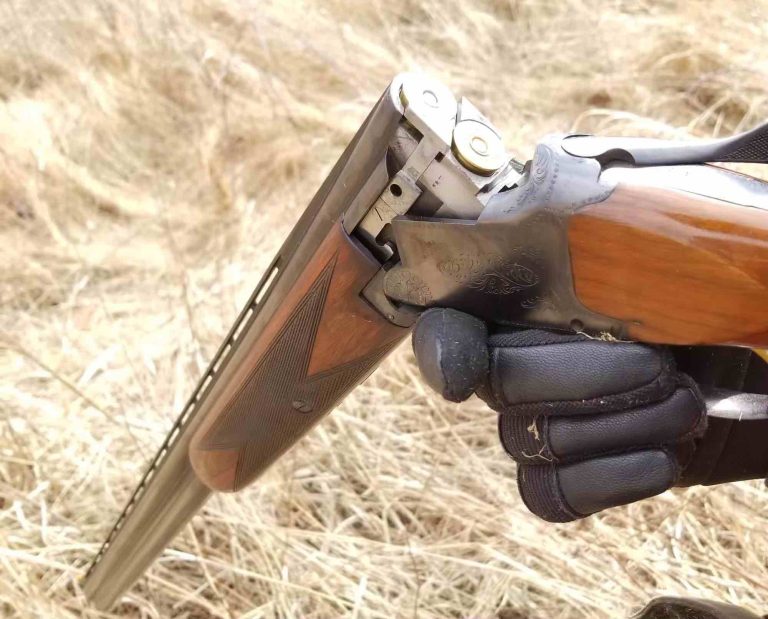

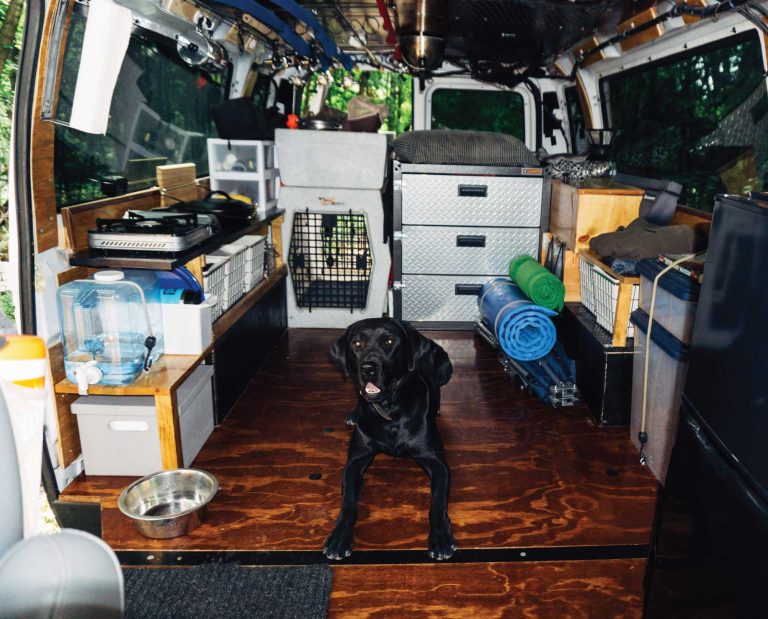
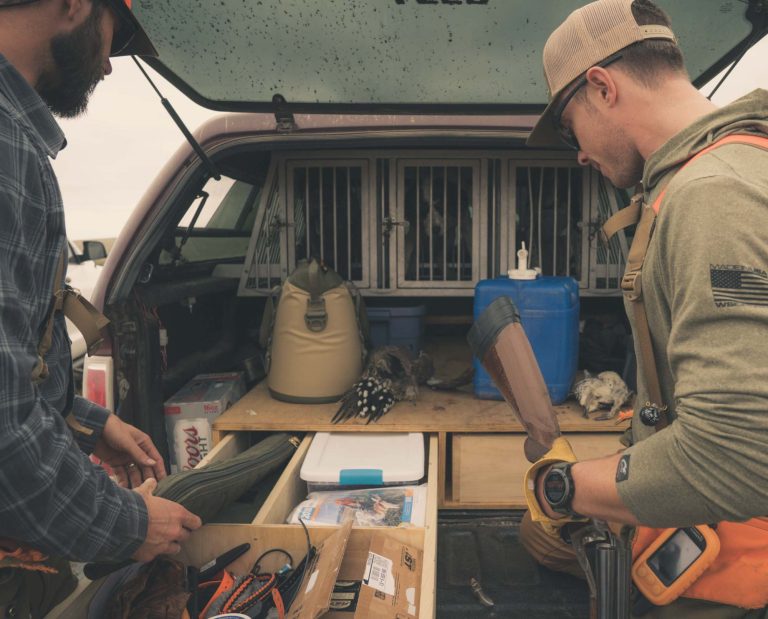

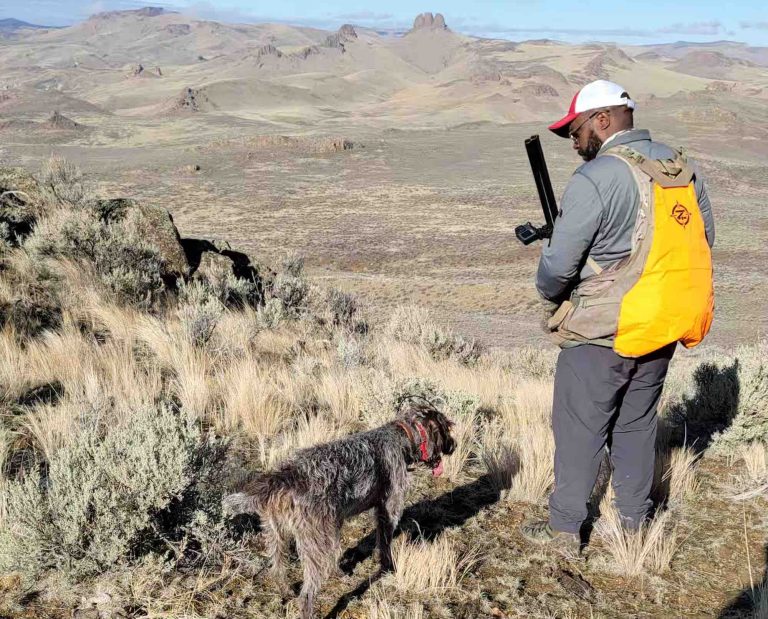
One issue with this article, “Buying a TSA-approved lock will help expedite the process” is something you should NOT do! It is technically against the law and is putting your guns at risk to theft. I fly with guns for hunting and shooting competitions, most recently last month (5/21), have read articles, laws, airline rules, spoken with lawyers and TSA agents on the matter and it comes down to “only the individual checking the baggage retains the key or combination”. (see Title 49: Transportation, Part 1544 – Aircraft Operator Security: Air Carriers and Commercial Operators, Subpart C – Operations, 1544. 203 (f) (iii)) for a start).
Using a TSA approved lock allows anyone with a pass key to access your gun case. And don’t think these keys are hard to get! (Amazon search “TSA Master Luggage Key”) Know the rules, Federal, TSA, your Airline, State and Cities you are flying through. Allow yourself extra time to check your guns with your airline and TSA. Do NOT go through security and to your gate until TSA has inspected and cleared your guns. Then, after that has been done, go ahead and enjoy the rest of your flight.
Are you able to utilize a larger hard case that can also fit gear like bags, boots, dog food, with your gun and ammo? Or is it better to have a separate case for firearms, and one for any gear/dog stuff?